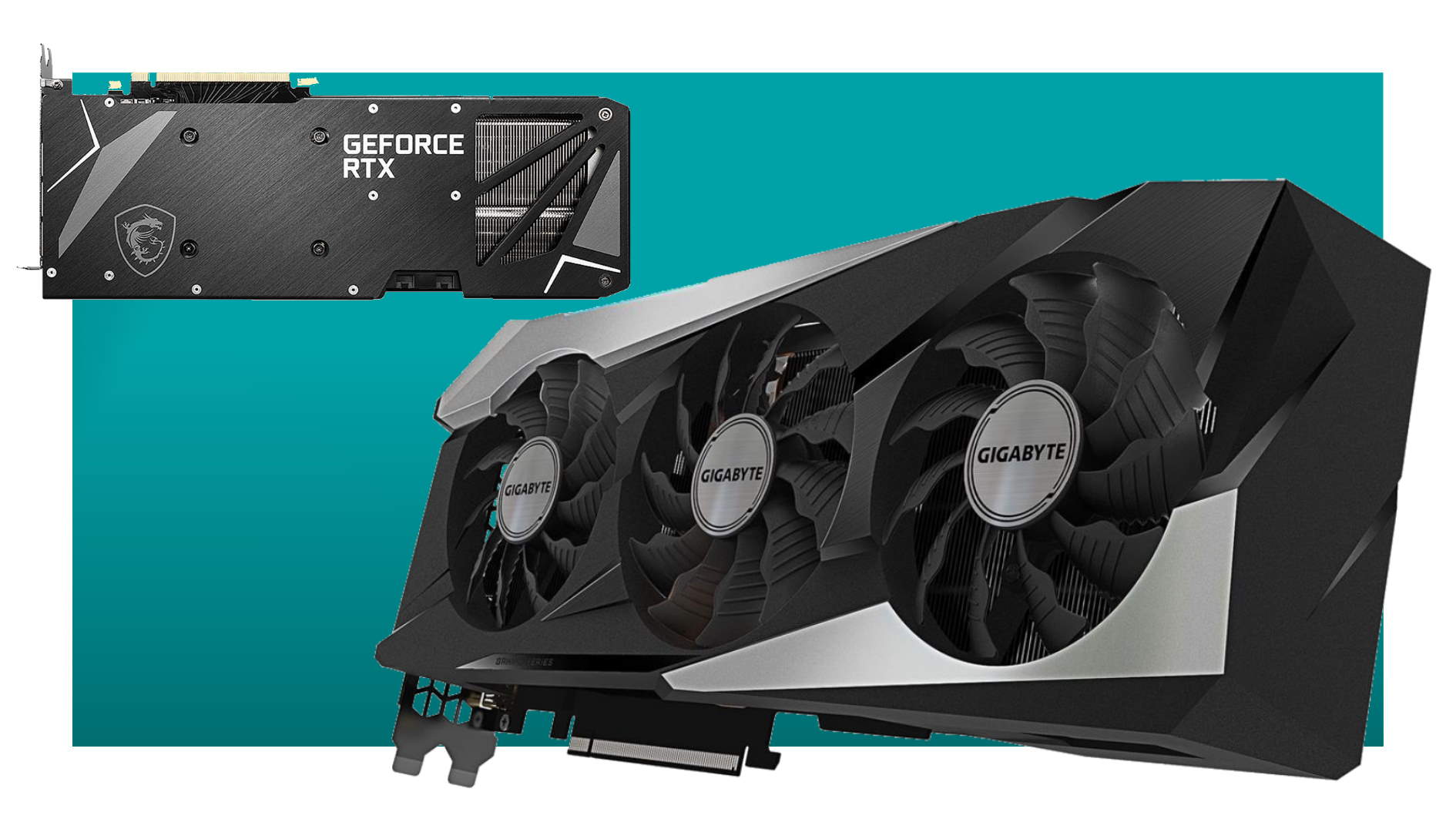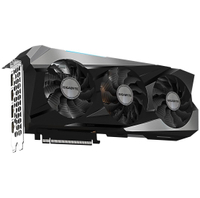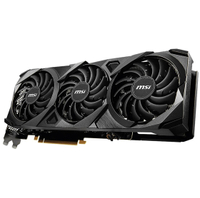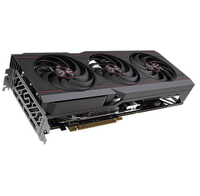There's $100 off both these RTX 3070 Ti cards from MSI and Gigabyte
It's happening, there are actually graphics cards on sale from standard retailers with reasonable discounts. What a world.

It was only a matter of time before the retailers and manufacturers got together to offer actual graphics card deals. And today there are two RTX 3070 Ti pixel pushers on offer at Newegg with a $100 discount.
With GPU stock increasing we've moved past the point where it didn't matter how much you charged for a card, it would still get snapped up by an enthusiastic gamer. Or reseller looking to charge even more on ebay. Manufacturers and retailers are now having to compete for our money in a way they haven't for the longest time, and so prices are coming down and discounts are actually starting to happen.
Case in point, a pair of overclocked RTX 3070 Ti cards from MSI and Gigabyte. The Gigabyte Gaming OC RTX 3070 Ti for $750 is a marginally better buy by my reckoning. It's got a slightly higher overclock and a moderately lower profile by the looks of things. But the MSI Ventus RTX 3070 Ti similarly at $750 is still ever-so-slightly overclocked beyond the stock 1,770 MHz boost clock.
Gigabyte Gaming OC RTX 3070 TI | 8GB | 1,830 MHz | $849.99 $749.99 at Newegg (save $100)
The cooling array on offer with the Gigabyte card will ensure that the toasty GA104 GPU is properly cooled, even up to its 60MHz overclock. There are also a pair of HDMI 2.1 ports, which is actually a rarity, though how useful that is will be down to your own multi-monitor setup.
MSI Ventus RTX 3070 TI | 8GB | 1,800 MHz | $849.99 $749.99 at Newegg (save $100)
While the overclock is definitely lower with this Ventus card, compared to the Gigabyte GPU above, it's always worth noting that such figures are always moveable these days. The exact speed of your card is down to its cooling, and the triple-fan array will likely allow it to far exceed its rated 1,800 MHz clock speed.
Our review of the RTX 3070 Ti in Founders Edition trim, found it to be one of the hottest cards around. And not in a good way. The full GA104 GPU it uses has a higher core count than the RTX 3070 below it, and that makes it a toasty chip, coupled with the fact it was labouring under the same cooler as the slower RTX 3070 Founders Edition, and it was actually getting thermally limited in use.
With these two Gigabyte and MSI GPUs, however, you're getting their own triple-fan designs which ought to be able to manage the heat generated by this powerful slice of graphics silicon and keep it quiet while gaming.
The RTX 3070 Ti is effectively the card launched to make sure Nvidia had a healthy lead over the Radeon RX 6800, which puts it between that and the Radeon RX 6800 XT in terms of gaming performance. While we're talking about the outstanding AMD card, there is a Sapphire Pulse RX 6800XT on offer for $840 right now, too.
Sapphire Pulse RX 6800 XT | 16GB | 2,310 MHz | $1,049.99 $839 at Newegg (save $190.00 with promo code VGASPJZ238)
The Radeon RX 6800 XT is arguably the finest GPU AMD has ever produced and it stands toe-to-toe with Nvidia's RTX 3080 in the gaming benchmark stakes. That alone makes it a fantastic graphics card, but the fact that the cheapest RTX 3080s, with 10GB GDDR6X, are still $900 makes this a good buy. Promo code VGASPJZ238.
It is worth noting that, while the two Nvidia graphics cards are ostensibly discounted, they are both well above the original MSRP for the stock RTX 3070 Ti. When it was launched Nvidia was calling it a $599 card, and these two SKUs from Gigabyte and MSI represent their more affordable lines.
So, we're not down to MSRP just yet, but even in so-called 'normal' times a third-party, overclocked version of any given graphics card could get close to topping $150 over the MSRP anyways. It's a good sign, and not a bad deal, either.
The biggest gaming news, reviews and hardware deals
Keep up to date with the most important stories and the best deals, as picked by the PC Gamer team.

Dave has been gaming since the days of Zaxxon and Lady Bug on the Colecovision, and code books for the Commodore Vic 20 (Death Race 2000!). He built his first gaming PC at the tender age of 16, and finally finished bug-fixing the Cyrix-based system around a year later. When he dropped it out of the window. He first started writing for Official PlayStation Magazine and Xbox World many decades ago, then moved onto PC Format full-time, then PC Gamer, TechRadar, and T3 among others. Now he's back, writing about the nightmarish graphics card market, CPUs with more cores than sense, gaming laptops hotter than the sun, and SSDs more capacious than a Cybertruck.




